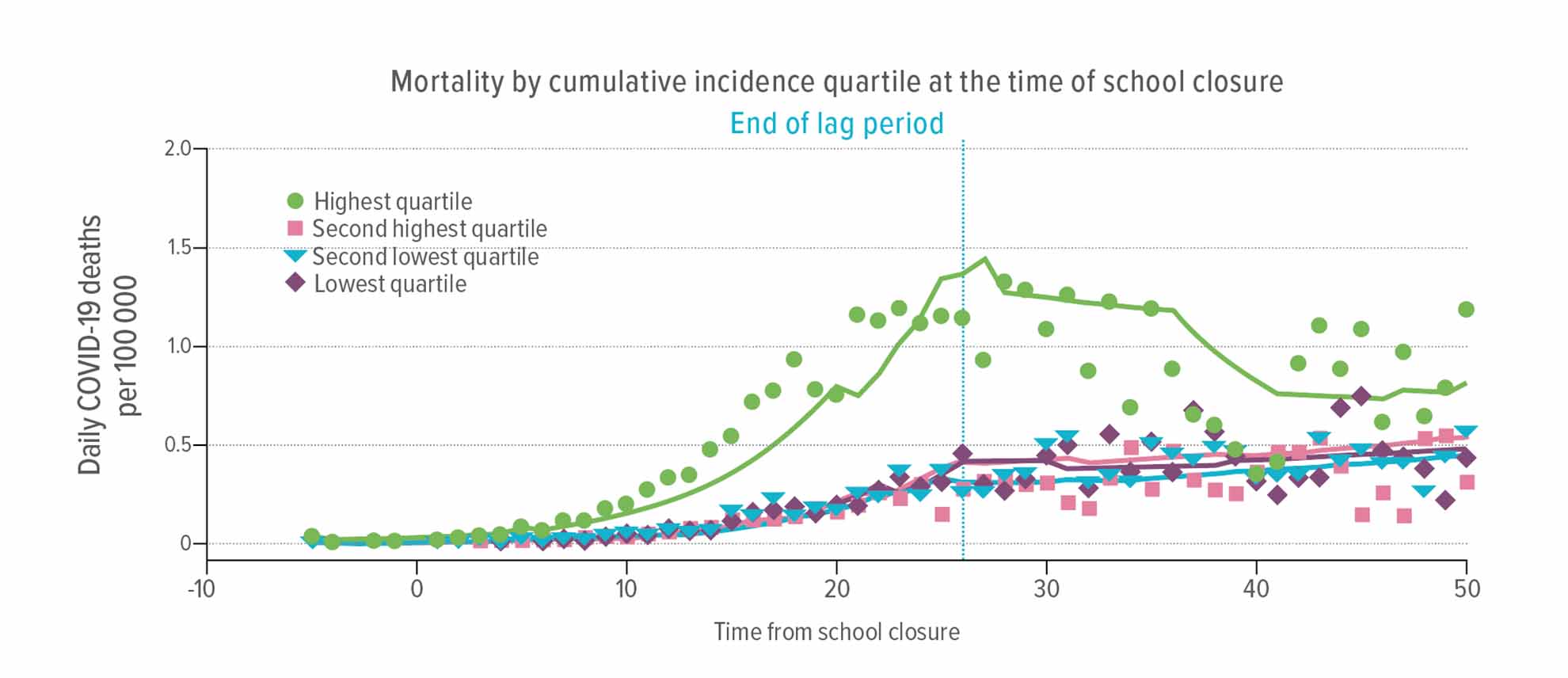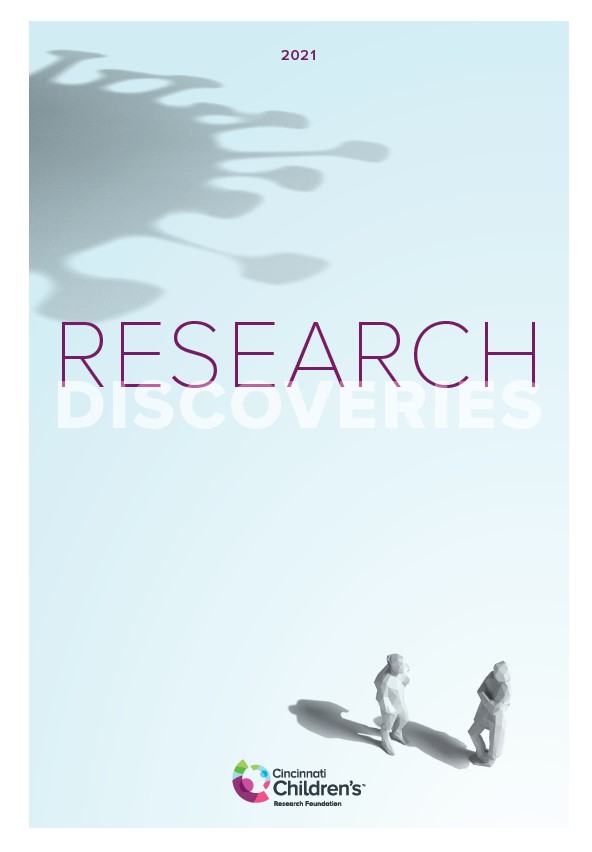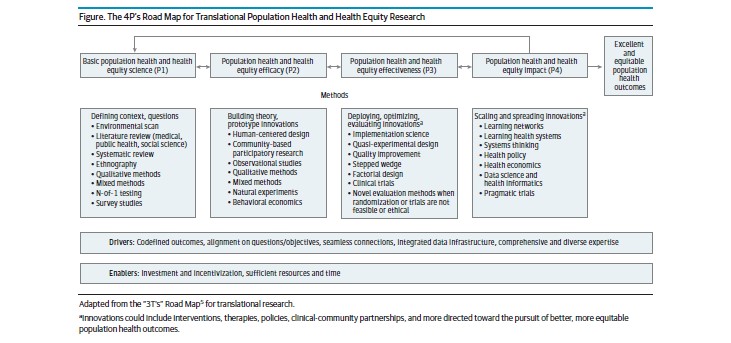Balancing COVID Safety and Learning Needs
Post Date: May 22, 2022 | Publish Date:

When the first wave of infections hit and no one could say with certainty how widespread COVID-19 would become, the initial reaction in most parts of the United States was to shut nearly everything down.
Early on, an unprecedented number of school shut-downs profoundly disrupted family and work life—and likely saved many lives.
In one of the most-shared early studies on the rapidly evolving topic (JAMA, July 29, 2020), co-authors Katherine Auger, MD, Samir Shah, MD, and colleagues estimated that school closures were associated with a 62% decline in COVID-19 incidence, based on adjusted relative changes per week, and a 58% decline in mortality. These findings were shared by more than 127 news outlets and more than 8,800 tweets that reached 27 million people.
But as the pandemic dragged on, and COVID’s direct impact on child health appeared lower than for adults, many parents, public officials and child development experts agreed that schools could not stay closed for the duration. Soon, school leaders called out for expert advice on how to re-open.
Cincinnati Children’s responded. Leaders here, including Patty Manning, MD, Hector Wong, MD, Robert Frenck, MD, Robert Kahn, MD, MPH, Andrew Beck, MD, MPH, and others took on advisory roles. Some participated in press conferences with Ohio Gov. Mike DeWine. Others fielded what-would-you-do-with-YOUR-child questions from the media. And an entire team met repeatedly with school boards and superintendents to bring the latest science about the pandemic to the table.
How long should quarantines last? How far apart to set the desks? How long to require masking? When should schools close? When should they re-open? Are sports and music activities safe? Will remote learning leave students behind?
Often, it was less about conducting research and more about how to talk about the findings in ways that fearful people would trust.
“The mission became how to help kids safely get back to in-person learning because the data became clear that extended at-home schooling was making existing learning gaps wider among underserved population groups,” Manning says. “Overall, most schools have managed the challenge extremely well even though the pandemic lasted longer than anyone expected.”
Related Posts:
Cincinnati Children’s Plays Central Role in COVID-19 Vaccine Clinical Trials
Mitigating the Mental Health Burden of COVID-19
Contributing to COVID Knowledge
One Does Not Simply…Shut Down Science
Studying the Heart in the Storm
Pandemic Prompts Dash to Build Dashboards
Exploring Intersections Between COVID-19 and Co-Morbidities
Balancing COVID Safety and Learning Needs
Anderson Center Team RACEs to Respond to COVID

Explore the full 2021 Research Annual Report
50+ Discoveries and Innovations (Enter Research Area, click on “Featured Research”)
By-the-Numbers Section Breaks Down $270M+ in Funding
Learn About Science Careers and Student Opportunities
Find Out How You Can Support Research at Cincinnati Children’s





